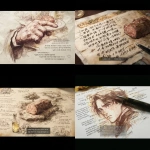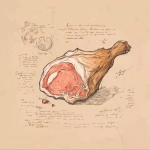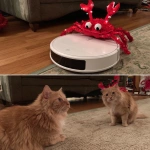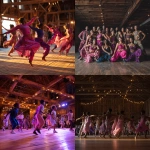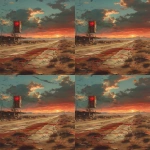Explore the Best AI Image Gallery
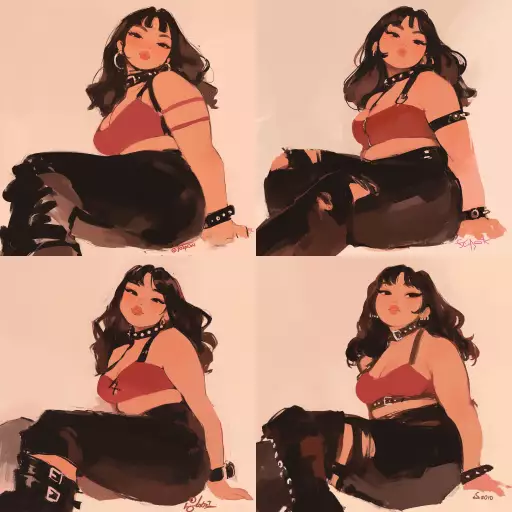
Beyond the Brush: How AI-Powered Visual Experiences are Transforming Creativity
The creative landscape is undergoing a profound transformation, fueled by the emergence of AI-powered visual experiences. From generating stunning artwork to enhancing design processes, artificial intelligence is reshaping how we create, interact with, and perceive art and design. This blog post delves into this exciting realm, exploring the multifaceted impact of AI on the creative industry, its potential applications, ethical considerations, and future trends.
A New Canvas for Creativity
AI-driven tools are empowering artists and designers with unprecedented capabilities. Imagine a world where you can sketch an idea, and an AI algorithm instantly translates it into a detailed digital artwork, or where you can collaborate with an AI to explore new visual concepts and refine your designs in real time. This is the reality were moving towards.
Applications Across Creative Domains
The applications of AI-powered visual experiences span a wide range of creative disciplines:
- Fine Art: AI algorithms can generate unique and captivating artworks, blurring the lines between human and machine creativity.
- Graphic Design: AI can assist in designing logos, branding materials, and marketing campaigns, offering personalized and data-driven solutions.
- Fashion Design: AI can help create innovative clothing designs, predict fashion trends, and personalize garment recommendations.
- Film and Animation: AI can be used to generate realistic characters, environments, and special effects, streamlining the production process and enhancing visual storytelling.
Ethical Considerations in the Age of AI
As with any powerful technology, the integration of AI into creative processes raises important ethical considerations:
- Copyright and Ownership: Who owns the copyright to AI-generated artwork? How do we address questions of authorship and intellectual property?
- Bias and Representation: AI algorithms are trained on existing data, which can perpetuate biases and stereotypes. Its crucial to ensure that AI-powered creative tools promote inclusivity and diversity.
- Job displacement: Will AI automate creative jobs, leading to unemployment in the arts and design sectors?
Addressing these ethical challenges requires open dialogue, collaboration between technologists, artists, policymakers, and the public.
The Future of Creativity: A Collaborative Landscape
The future of creativity lies in a collaborative partnership between humans and AI. AI will augment our creative capabilities, enabling us to explore new frontiers, push artistic boundaries, and tell more compelling stories.
Imagine:
- Interactive art installations that respond to viewer emotions and movements.
- Personalized learning experiences where AI tutors guide students in developing their artistic talents.
- Virtual worlds where users can collaborate with AI artists to create immersive and imaginative environments.
AI-powered visual experiences are poised to revolutionize the creative industry, fostering innovation, collaboration, and a deeper understanding of human creativity. By embracing this transformative technology responsibly, we can unlock a new era of artistic expression and imagination.
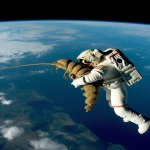
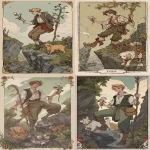



](https://images.ai-img.art/thumbnails/150/1a95109c352e775dce3d64a79a3a3a5970949883504b880df45d2959df640288.webp)
](https://images.ai-img.art/thumbnails/150/3e2025c29143e14c12248eda247e61dd6fe03afda9ee65b4c97870a346349c56.webp)
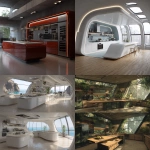

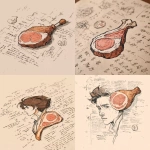
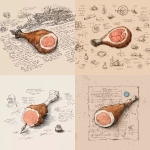
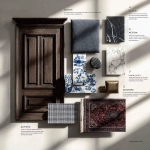
](https://images.ai-img.art/thumbnails/150/bebd3bd41190f79447a53b9fd4cb42bf55a2a37c77ededec57ffc115bb8e5a8a.webp)

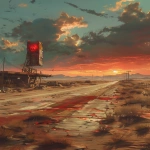

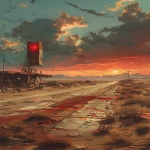

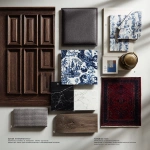
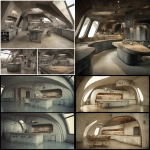

](https://images.ai-img.art/thumbnails/150/ff7c882ff1d2601d4e10b4f22fe8dd887cac958e050f25ad9fb91b7f375406da.webp)
](https://images.ai-img.art/thumbnails/150/2bf98a7285f3c8b908313ea8baf77237aeb766983c762df79ff8afec5318ebba.webp)

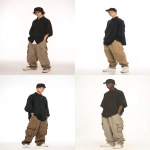
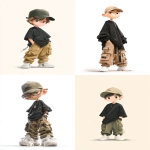

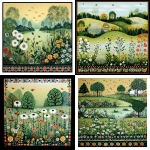
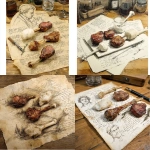
](https://images.ai-img.art/thumbnails/150/c5efd63ecb6d24311345a66dbc508b84a1233d23ccfca01dcc566989abd5d597.webp)
](https://images.ai-img.art/thumbnails/150/96d44ee99bca5a18bc06ee700a645fc435a9223097e1b9ff0e65d6be44c3cd68.webp)


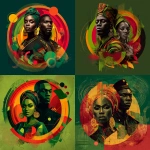
](https://images.ai-img.art/thumbnails/150/d474442aff57dfb1c629d925a121beb8b8d128bf7cc41089e816c843124cf58c.webp)
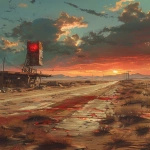

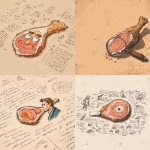

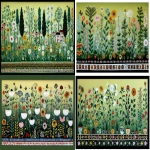
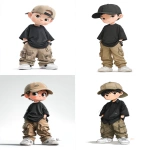
](https://images.ai-img.art/thumbnails/150/c13e834a49f75820edc8e90a2ff0454875fd6219fce147983c39b88163d429a9.webp)
